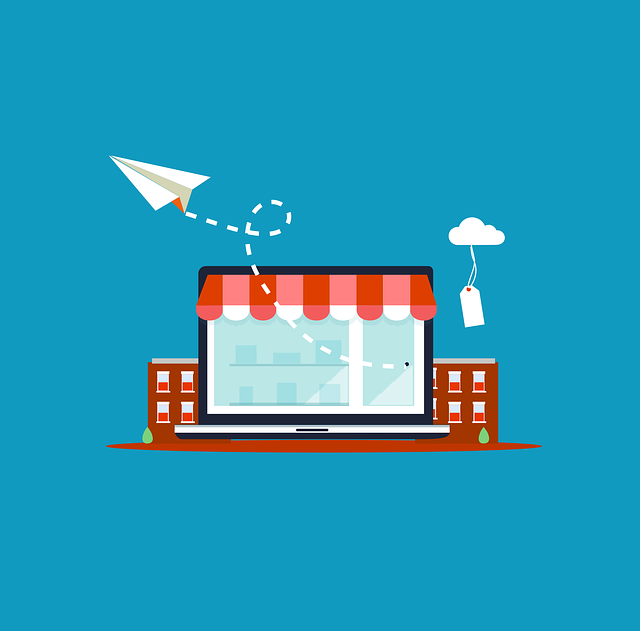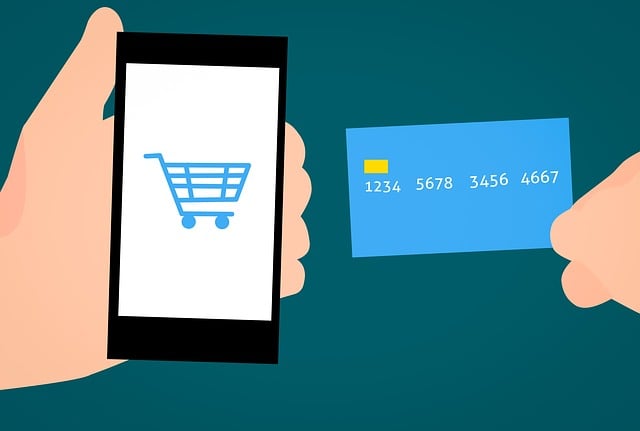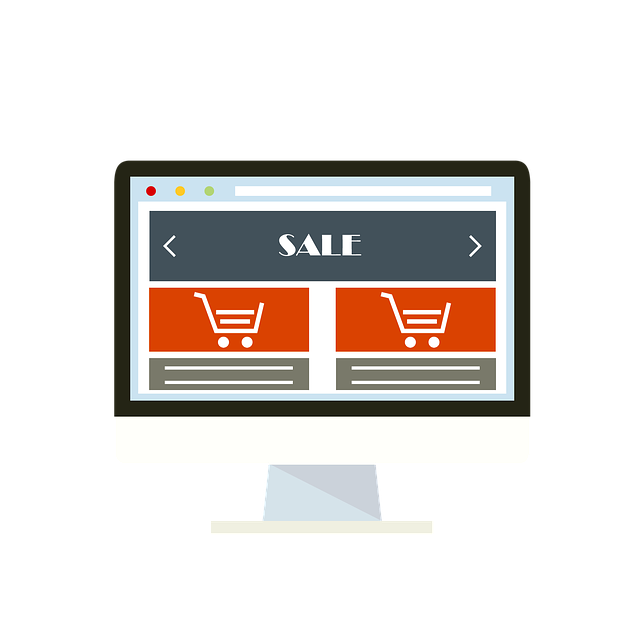In today's digital age, a custom e-commerce store design is key for brand success and sales growth. It offers significant advantages over templates, allowing businesses to create unique online shopping experiences tailored to their needs, improving user experience, and driving conversions. A successful design balances visual appeal with strategic functionality, including intuitive navigation, optimized product displays, high-quality visuals, and clear calls-to-action. Mobile responsiveness, user reviews, social proof, secure payment gateways, personalized content, and targeted recommendations enhance the overall user experience. Investing in customization improves user satisfaction, boosts conversions, and enables data-driven decision-making, leading to scalability and growth. Engaging users through intuitive navigation, interactive elements, and personalized recommendations optimizes e-commerce store design performance. Additionally, optimizing for mobile devices, focusing on security, and streamlining the checkout process are vital for success in the e-commerce landscape. Measuring KPIs like conversion rates, average order values, and bounce rates helps track e-commerce store design effectiveness and identify areas for improvement based on user engagement data.
In today’s digital landscape, a stunning and functional e-commerce web design is crucial for capturing customers and driving sales. This article explores the art and science of e-commerce store design, delving into key elements that elevate your online presence. We discuss the benefits of customized e-commerce websites, strategies to enhance user engagement, and best practices for mobile optimization. By understanding these aspects, you can create a vibrant digital hub that not only attracts visitors but also fosters conversions, ensuring your e-commerce store design becomes a powerful tool for success.
Understanding the Importance of Custom E-commerce Web Design

In today’s digital landscape, an e-commerce store design is more than just a website; it’s a storefront for your brand, a platform to engage customers, and a critical component in driving sales. A custom e-commerce web design goes beyond off-the-shelf templates, offering unparalleled advantages such as enhanced user experience, increased conversion rates, and improved brand identity. It allows businesses to create a unique online shopping environment tailored to their specific products, target audience, and business goals.
By investing in a custom e-commerce store design, businesses gain access to advanced functionalities, visually appealing layouts, and seamless integrations with various sales channels. This not only improves customer satisfaction but also provides valuable data insights, enabling informed decision-making. In a highly competitive market, standing out is essential, and a custom design ensures your online store becomes a powerful tool in capturing and retaining customers.
Key Elements for a Successful E-commerce Store Design

A successful e-commerce store design goes beyond a visually appealing interface; it’s a strategic blend of aesthetics, functionality, and user experience tailored to engage and convert customers online. Key elements include intuitive navigation, optimized product displays, and high-quality visuals that accurately represent products. A clean layout with clear calls-to-action (CTAs) guides users seamlessly through the buying process, ensuring a frictionless shopping journey.
Mobile responsiveness is paramount in today’s mobile-first world, as customers expect seamless access and functionality across all devices. Incorporating user reviews, social proof, and secure payment gateways instills trust and confidence, while personalized content and targeted recommendations cater to individual preferences, enhancing the overall e-commerce store design effectiveness.
Benefits of Investing in Customized E-commerce Websites

Investing in custom e-commerce web design offers numerous advantages for businesses looking to thrive in the digital marketplace. A tailored website is an asset that enhances user experience, which directly impacts customer satisfaction and retention. With a unique, visually appealing design, your brand can stand out from competitors, capturing the attention of potential buyers scrolling through vast online options. Customization allows for seamless integration of branding elements, ensuring customers recognize and connect with your business instantly.
Moreover, custom e-commerce stores provide enhanced functionality tailored to your products and services. This includes streamlining navigation, optimizing product displays, and implementing powerful search tools. By prioritizing user experience, you encourage longer browsing sessions, increase the likelihood of conversions, and foster a positive relationship with your audience. A well-designed website also offers scalability, ensuring your online store can grow and adapt as your business expands, catering to a wider customer base.
Strategies for Creating an Engaging User Experience

Creating an engaging user experience is paramount for any successful e-commerce store design. One key strategy involves intuitive navigation, ensuring that customers can effortlessly browse and find products using clear menus, search bars, and well-organized categories. Additionally, high-quality visuals, including product images and videos, play a significant role in capturing attention and conveying the value of items. Interactive elements such as 360-degree views and augmented reality features further enhance engagement by providing immersive experiences that bridge the physical and digital worlds.
User experience design also extends to seamless checkout processes, which must be simple, fast, and secure. Implementing guest checkout options, progress indicators, and real-time order updates streamlines the transaction flow, reducing cart abandonment rates. Personalization is another powerful tool; using customer data for targeted recommendations and tailored content can significantly boost engagement levels and drive sales conversions.
Best Practices for Optimizing Mobile E-commerce Design

In today’s mobile-first world, optimizing your e-commerce store design for a seamless mobile experience is paramount to success. Ensure your website is responsive and adapts gracefully to different screen sizes, offering users a frictionless shopping journey regardless of device. Fast loading times are also crucial; optimize images, minify code, and leverage browser caching to reduce page load speeds.
Navigation should be intuitive and easy for mobile users. Consider implementing a hamburger menu for compact spaces and ensuring buttons and forms are large enough for fingers. Prioritize security by integrating SSL certificates and displaying trust badges, as mobile shoppers value safety. Additionally, keep product pages uncluttered with clear calls-to-action (CTAs) to simplify the checkout process, encouraging conversions on smartphones.
Measuring Success: Metrics to Track for Your E-commerce Store

Measuring success in e-commerce goes beyond sales figures. To optimize your online store effectively, it’s crucial to track key performance indicators (KPIs) that reflect user engagement and business goals. Metrics like conversion rate, average order value, and bounce rate provide insights into how well your e-commerce store design encourages visitors to become buyers. Conversion rate, for instance, indicates the percentage of visitors who complete a desired action, such as making a purchase or signing up for a newsletter.
Analyzing these metrics helps identify areas for improvement in your e-commerce store design. For example, if your bounce rate is high, it might suggest that your website’s layout, loading speed, or product descriptions need adjustments to enhance user experience. By closely monitoring these KPIs and making data-driven decisions, you can continually refine your e-commerce store design to drive better results and meet your business objectives.
